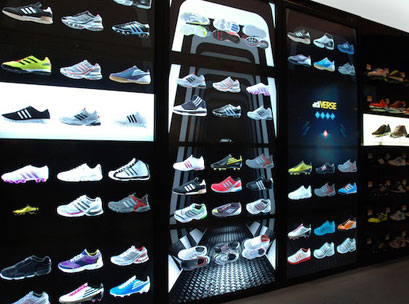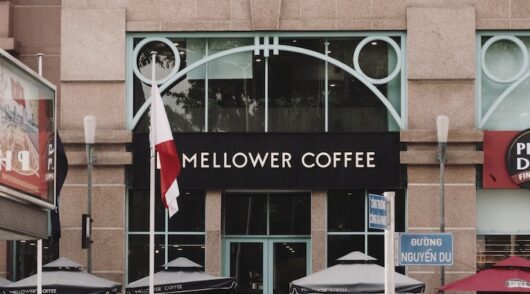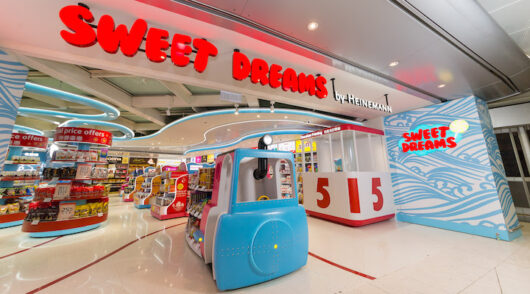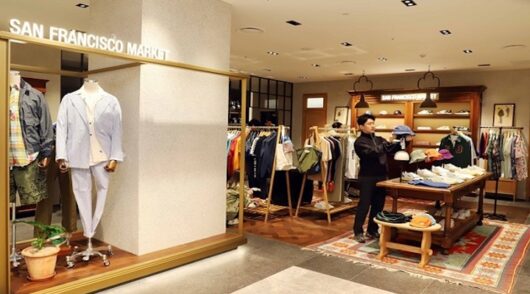So popular was Inside Retail’s story about the Adidas in-store ‘virtual wall’ which took an innovation honour at the recent World Retail Awards, we’re revisiting the concept with an interview with designer David Judge from Stuart JudgeGill.
Adidas’ adiVERSE Virtual Footwear Wall was heralded at the awards as “the sign post for the evolution of retail in this multi channel world”.

So what is adiVERSE? And how is it meeting the needs of today’s connected consumer? Dave Judge describes it as an interactive, connected product installation for retail that delivers a virtual shopping experience as close to having the real product in your hand as possible.
Using touch screen technology, users can browse life-size products displayed High Definition in store screens and obtain all relevant information through digital and social channels – all in one place.
One of the key advantages of the new technology is to showcases adidas’ entire footwear range of 19,000 SKUs, meaning store size, stock and space are no longer an issue, it encourages customers to buy even if that product isn’t physically in store. Products can be ordered and delivered at the touch of a button.
As people approach the wall it identifies whether they are male and female and starts their product recommendation journey accordingly. Using gestural hand swipe motions, users browse through the entire product range, delving deeper into products they’re interested in. They can rotate the product and zoom in and out for closer scrutiny.
Users can also see how products look in the context of how they will be worn, find out what surfaces they can be used on and even view video content of products in use. Plus they can get information on what sizes are available in store, delivery options, prices and unusual colour ways, or be inspired by other recommended products. It also includes live performance data so customers will know exactly how many goals have been score by that particular football boot in the world cup for instance
A live Twitter feed means they don’t have to revert to other devices to check out what people are actually saying about the product, and the social comment via product hashtagging also gives some real time buzz around the product.
Once customers are ready to buy, payment can be processed there and then on a tablet PC.
Rather than starting with a brand experience, the conception of the idea started with a typical retail conundrum – what’s the ideal range size and stock capacity in order to not lose any sales?
For example, research showed us that approximately 50 per cent of adidas’ consumers entering brand stores came in with the intent to buy, but 35 of those 50 left without buying despite entering with buying intent.
“We found that the two main reasons why they didn’t buy were either that they couldn’t find a product they liked or they couldn’t find the product they liked in the right size or colour,” recalls Judge.
“But this solution gives consumers access to all of the products in adidas’ range in every store, no matter how small, and reduces the ‘out of stock’ problem.
“It also aids our sales support in that we can communicate information about each item in a consistent way and educate our staff along the way. It takes the self service model just that one step further in a much more fun and engaging way.
“The addition of sound, social and video even trumps the normal physical product experience and POS displays making it, perhaps, even better than the real thing.”
AdiVERSE is built with a game engine platform, where everything is modeled and lit correctly to mimic a real-life view, with dynamic background environments, and full 360 degree-product rotation. Combining the best of retail and digital, it delivers an enhanced shopping experience, which brings customers closer to the product they want.
The shoe itself becomes the entry point to multiple layers of information, as opposed to the normal situation in a store where product and point-of-sale communication tend to exist completely separate from one another, especially if someone’s put a product back in the wrong place, for instance.”
“We also know the world has changed dramatically in the last few years with consumers now being happy to buy apparel from screen, something thought unlikely only a few years ago. But now with the success of online retailer Asos and the multichannel approach to retailing this problem is now a myth,” says Judge.
“Based on what we’ve learned so far and the reactions we’ve observed from retailers a, we are confident the virtual footwear wall could be a big step forwards in adidas’ quest to blur the lines between the physical and virtual retail worlds, creating the new generation of connected retail.”






